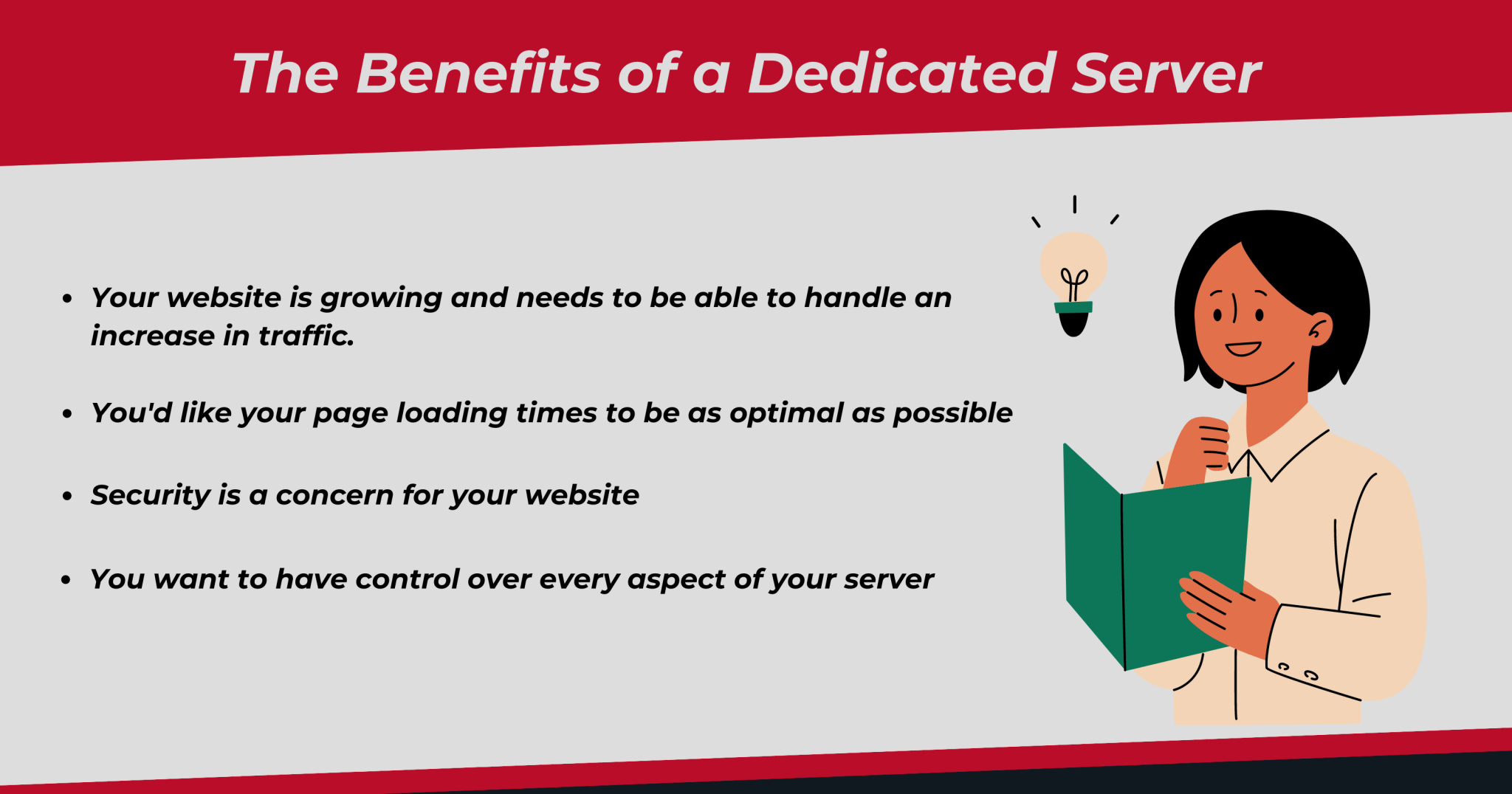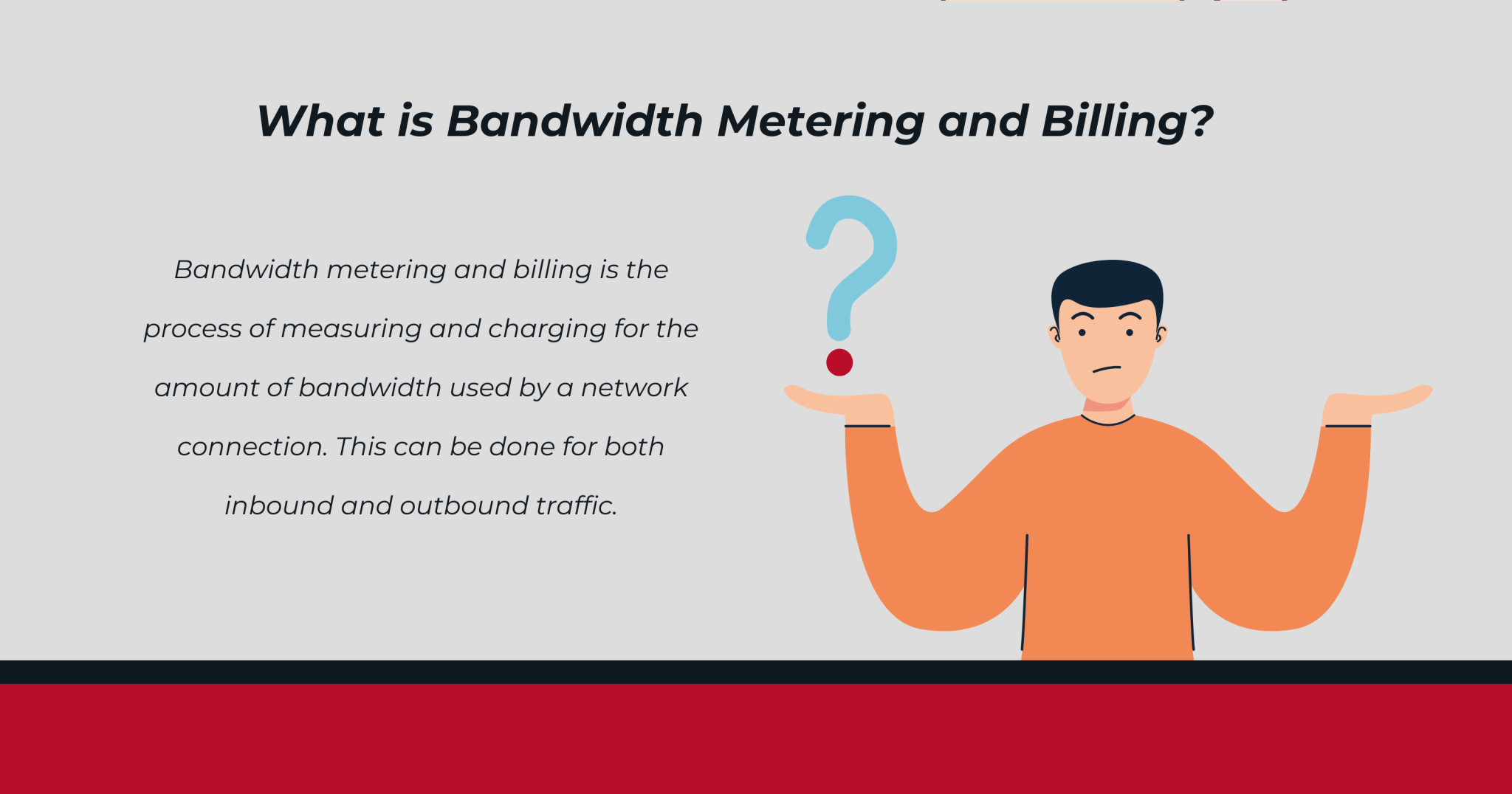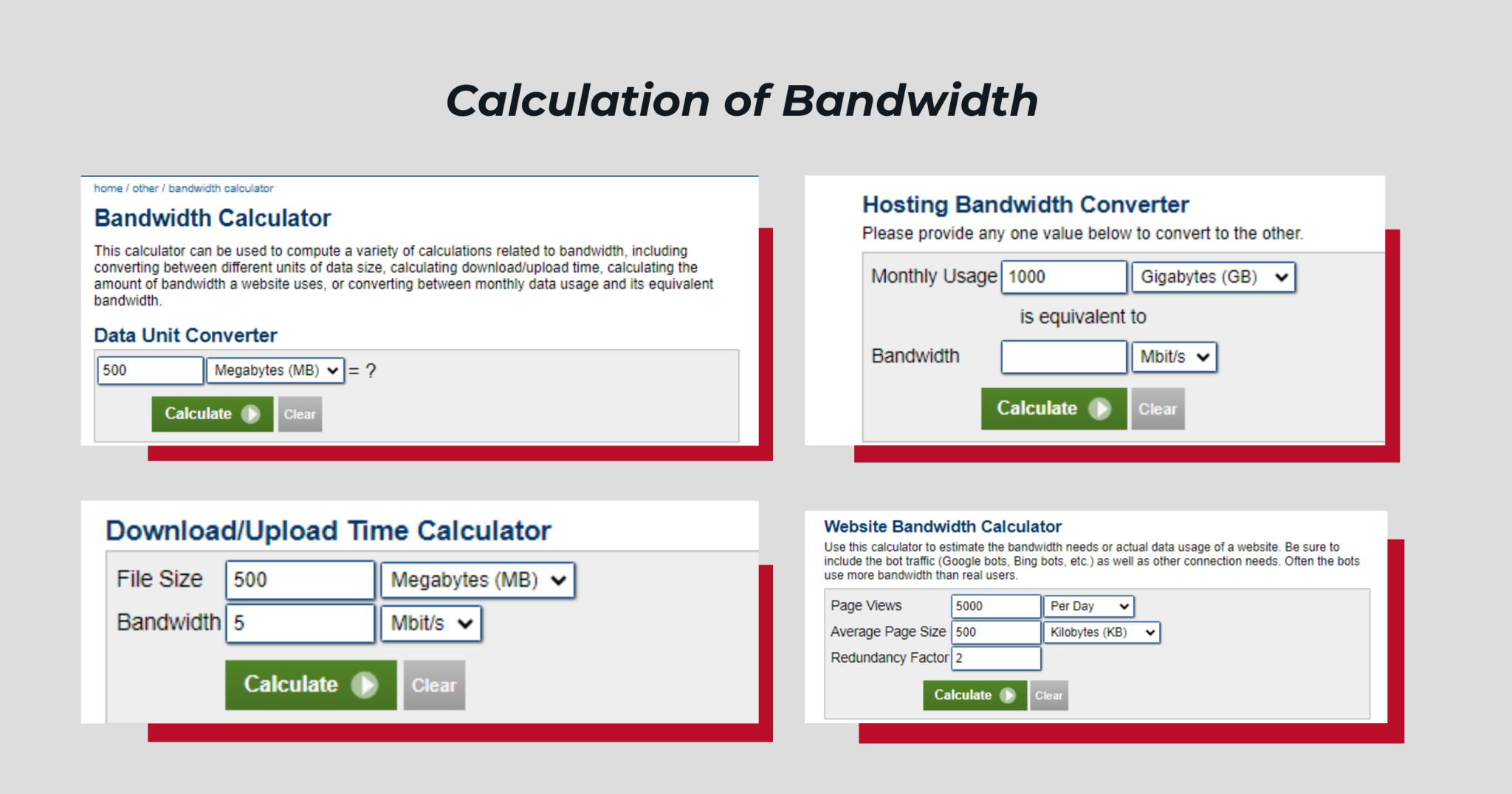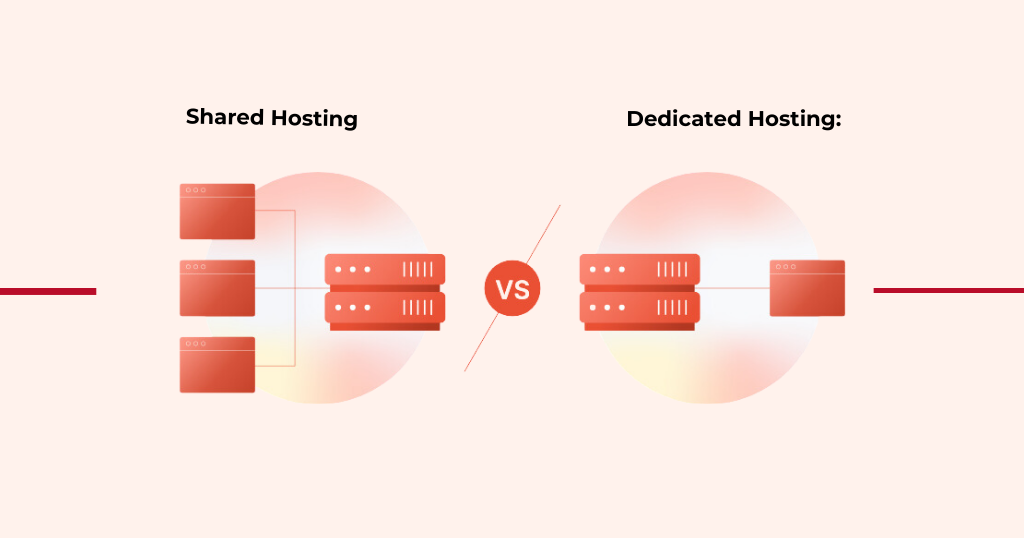If you want your website to succeed, one of the most crucial decisions you can make is your web hosting plan. Both shared hosting and virtual private servers (VPS) are viable solutions, but they have drawbacks. Websites anticipating huge volumes of traffic may need to do better in a shared server environment.
A dedicated server gives you complete control over a server, giving you unprecedented power for your business or personal needs. Having your own dedicated Netherlands 1Gbps server means more space for your website, which is only one of the many significant advantages dedicated hosting has over shared hosting. That’s why you can count on consistent, lightning-fast performance. You also have more leeway in setting up the server, allowing you to make it as unique and safe as possible.
Why Do You Need a Dedicated Server?
Each hosting provider has a data center where they house their dedicated servers. Using the host’s robust network, it can access the World Wide Web. The batteries and generators that back up the host’s industrial-strength power lines provide the energy it needs. When you rent a Netherlands 1Gbps Server from a data center, you also gain use of the facility’s other infrastructure, such as its network connections, power supply, environmental controls, and security. Who can access it, what ports are open, what services are offered, what development environments are supported, and what happens if something goes wrong are all within your control.

With a dedicated server, you have complete control over its settings. Everything is in your hands. Your choice of software is free to install. User accounts can be made as required. You have control over the services, ports, language, and resources given to programs and directories, and security measures. An improved user experience, scalability, and security benefit from using a dedicated Netherlands 1Gbps Server.
Businesses and individuals with high-traffic websites and apps can rest easy knowing that their sites will always be accessible thanks to Prahost Hosting's dedicated servers, which have powerful hardware, stable network connections, and 24/7/365 technical support. These servers allow users to temporarily exceed their allotted bandwidth without incurring additional fees during peak usage periods. You can set up thresholds and get alerted when broadband usage rises to such levels. You can then upgrade your plan or better allocate your resources in anticipation of potential problems.
What Is Bandwidth?

Bandwidth is the maximum amount of information that can be sent via a network in a given amount of time. Bits per second is the smallest unit of measurement. ISPs now measure data transfer rates in megabits per second (Mbps) or gigabits per second (Gbps). During development, it is essential to determine how much bandwidth your web-based program will require to run smoothly. Consider the possibility of unexpectedly high volumes of traffic. The general rule of thumb is to allocate 50% more bandwidth than you anticipate needing. While this estimate is important, most hosting providers now provide “unlimited” bandwidth plans, so it may seem unneeded when selecting a web host.
What is Bandwidth Metering and Billing?
Customers of a dedicated Netherlands 1Gbps server can be charged for the data moved between their server and the network using a bandwidth meter and billing system. This method helps host companies to efficiently monitor and maintain their infrastructure while ensuring equitable resource allocation. Bandwidth is typically used by hosting companies to differentiate their price plans. Bandwidth caps can be fixed and variable, with the latter being the more expensive option. Hosts typically set their rates and make those known to their clients.

Bandwidth consumption is measured over the billing cycle’s allotted time period. Hosting companies’ regulations determine whether it is billed monthly, quarterly, or annually. A customer’s server’s network performance may be slowed or throttled if they exceed their allotted bandwidth. You may purchase more bandwidth from your hosting provider or change to a more expensive plan if your usage is too high. Remember that their approaches to bandwidth metering and invoicing may differ when comparing hosting services. Suppose you want to know more about the policies, pricing, and other terms associated with bandwidth use on a dedicated Netherlands 1Gbps Server. In that case, it’s best to examine the documentation or contact the support team of your hosting provider.
Billing Process:
Bandwidth utilization can then be determined from the gathered and analyzed traffic data. To understand how much people use your service, you should collect data at regular intervals, like every second, minute, or hour. Depending on the amount of bandwidth or data transmission allowed under a given plan, service providers will charge varying amounts for their services. These packages might have predetermined limits or staggered tiers of bandwidth availability. Varied service tiers have varied related costs, outlined in the pricing structure and shared with the client base.
What happens if you miscalculate your bandwidth needs?
How much bandwidth an individual or business requires is based on their intended Internet usage. For example, video streaming or hosting takes much more data transfer capacity than web surfing. Despite the gravity of the implications of incorrectly calculating bandwidth allocations and needs, doing so is notoriously difficult. Inadequate bandwidth procurement virtually ensures sluggish network performance. However, most businesses cannot afford to severely overprovision bandwidth.

So, how do you figure out what proportions will provide the necessary bandwidth? The first step is to inquire about the users’ applications and the SLA (service level agreement) for their performance. The number of users on a virtual LAN may be the only thing that matters to some network administrators. But knowing what the users will be doing on the network is what you need to know to determine bandwidth usage.
Calculation of Bandwidth:
The amount of data transferred over a given time period is the key metric for determining bandwidth utilization. A standard formula for determining bandwidth consumption is: Bandwidth Consumption = Transferred Data / Elapsed time

Here are the measures to determine bandwidth consumption:
- Figure out the time frame: To determine bandwidth use, pick a time period, such as a day, a month, or a billing period.
- Receive sent information: Check the data coming in and going out during the selected time frame. This information can be gleaned through server logs, network monitoring software, and traffic analysis programs.
Bandwidths of 20 Mbps or 1 GB per second are two such examples. Sometimes hosting providers will refer to a 100mbps port because Ethernet is the most prevalent connection type in data centers and is available in 100mbps, 1gbps, and 10gbps link speeds. Ports are not necessarily a reliable indicator of throughput capacity because bandwidth allocations sometimes correspond to Ethernet rates. Unlike data transport, bandwidth is often expressed in bits rather than bytes. Keep in mind that one byte is equal to 8 bits. We use 3.24 terabytes per month as an example of bandwidth usage before. Ten megabits per second is yet another term for this. It’s possible to do the maths and determine: If you multiply 10 MB per second by 8 bits per byte per 60 seconds per minute per hour per day per month, you’ll have transferred 3,240,000 MB. That’s 3.24 terabytes each month per the definitions of hard disc manufacturers (1000 megabytes equals one gigabyte). You can also calculate 1GB using the standard base 2 methods (1024MB = 1GB). In any case, this estimates the maximum possible throughput for a server or internal network. Your final tally will be based on the following two considerations.
1. Number of Users or Devices Connected:
Your company’s network bandwidth is shared among all connected devices. So, you’ll need adequate bandwidth to accommodate both employees and their activity if one is on a video conference while the other is downloading a large file. The number of employees and the variety of devices they may use to access the internet must be taken into account. If you have insufficient bandwidth, your service and your employees’ productivity will suffer. Use our bandwidth calculator to determine how much internet bandwidth your business need during high usage periods.
2. Determine Your Internet Needs:
Don’t assume anything. While some guesswork is inevitable, you can improve your chances of arriving at a reliable figure by taking precautions. Get a headcount of everyone working there. Learn what they do on a daily basis and what platforms they use. There are numerous mechanisms for transmitting bandwidth. The speeds that can be achieved with fiber optics are truly astounding. In regions where it is offered, fixed WIFI is a great option because it can provide rates from 5Mbps all the way up to 1Gbps.
Internet connections via cable, satellite, or DSL are notoriously slow since they are “best-effort” connections. Service providers over-subscribe their services to ensure that not all customers use the circuit at once. This means that your available bandwidth will be drastically lowered during times of heavy usage. It’s not only the delivery technique that slows things down. Your service provider sends a signal to a satellite, which relays it to you. Because DSL employs phone lines, the transfer rate is limited. The speed of cable internet also varies depending on the demand in your location. When making your calculations, keep in mind the following to guarantee their accuracy:
· Usage by Staff Member:
You can’t assume that your company’s web-based operations will utilize the same bandwidth. First, you’ll need to get a sense of how much bandwidth your staff uses on the internet so you can make an educated guess about how much bandwidth you’ll require. The internet is becoming increasingly essential for a wide variety of professions, from video producers to product up-loaders.
· Expansion of the Company in the Future:
The next step is to review your company’s growth projections to make sure your bandwidth will accommodate expected consumption growth. Track which apps or programs are consuming the most data by determining how much bandwidth they use on a daily basis during peak times.
· Don’t forget about routine checks:
If you want to see things more clearly, it’s a good idea to test your bandwidth and reset it on a regular basis. In order to get a complete picture of your company’s bandwidth usage and requirements, you should conduct tests on a variety of days, at varying times, and in a variety of environments.



